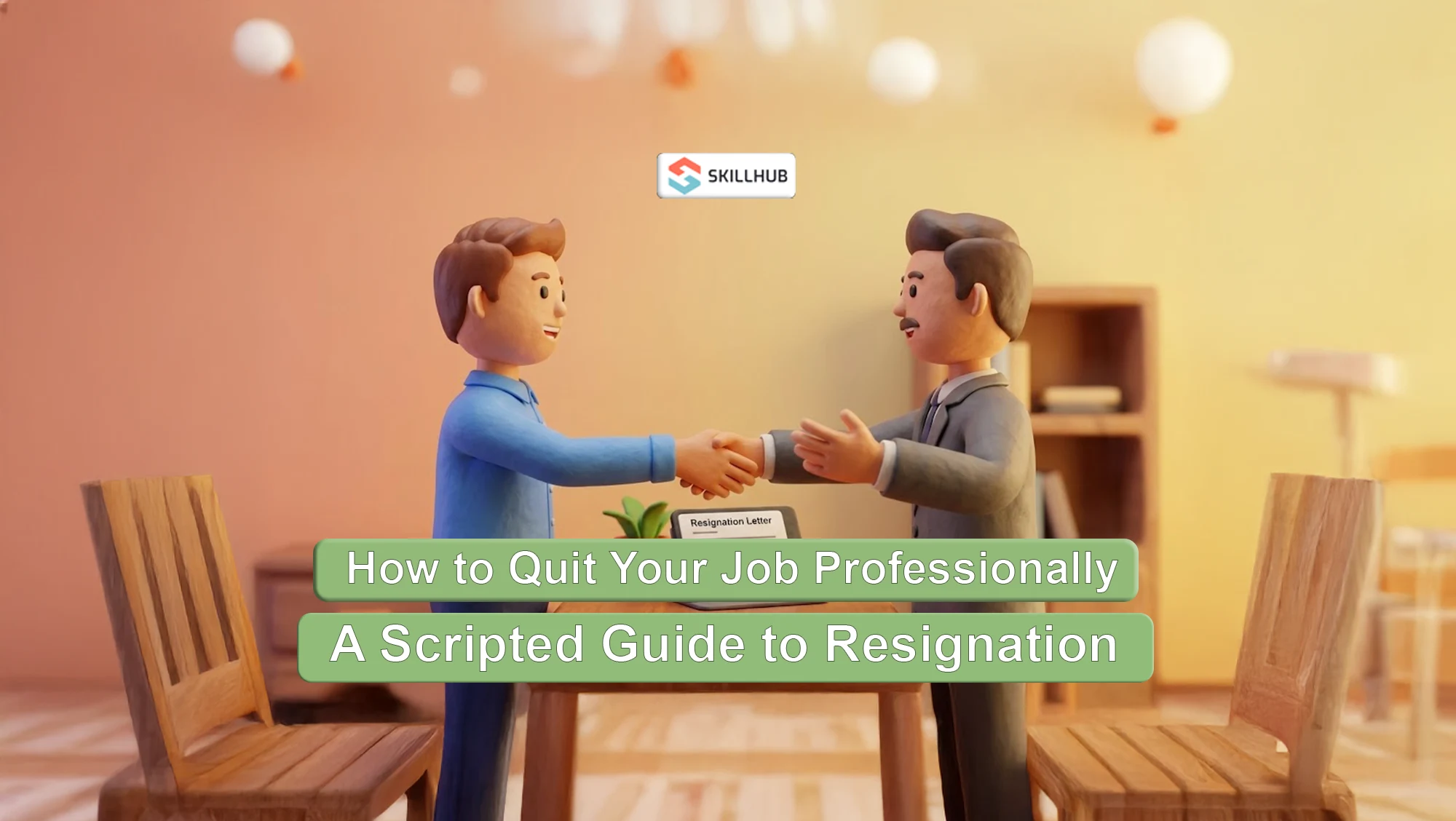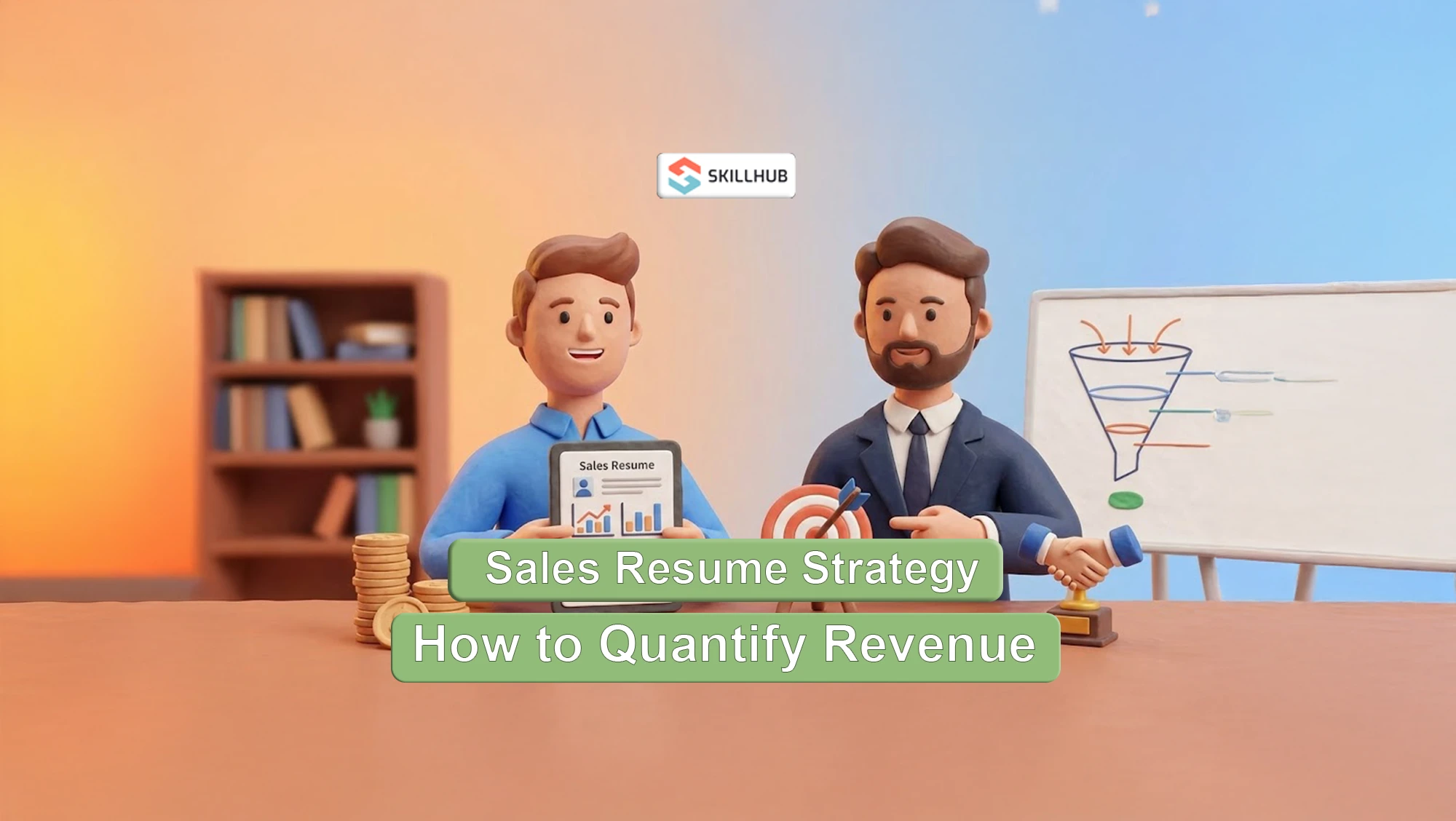C-Level Executive Resume: Structure, Strategy, and the 5 Critical Differences from a Standard CV

The executive resume, often incorrectly conflated with its standard professional counterpart, operates under an entirely different set of rules; this is a critical distinction that most high-level candidates consistently fail to grasp. At the C-Level whether CEO, CFO, COO, or CTO the document ceases to be a passive list of past job duties and fundamentally transforms, structurally and strategically, into a governance document. It must function as a high-stakes, formal business proposal presented directly to the Board of Directors, the Nomination Committee, or the Private Equity firm, meticulously justifying an investment that often exceeds millions of dollars in total annual compensation and complex stock options. Mediocrity, specifically in the executive niche, guarantees immediate rejection.
If your C-Level document relies upon a generic template, one designed for high-volume ATS submission, or if it deploys the same "action verb" strategies suitable for mid-management, it instantly fails the basic litmus test of executive recruitment. The executive job search is governed by the iron laws of discretion, network validation, and, most critically, trustworthiness (E-E-A-T). The Board's imperative is not simply to find someone who can manage tasks. They are actively seeking concrete evidence of strategic foresight, measurable P&L (Profit and Loss) impact over multi-year horizons, and a demonstrated, verifiable ability to mitigate systemic corporate risk. A foundational re-framing of your entire career narrative is non-negotiable for success at this level.
The C-Level Imperative: Shifting Focus from Task Execution to Governance and Oversight
A standard resume details what was done on a daily or quarterly basis; an executive document must, by contrast, detail what fundamentally changed as a result of your personal leadership and strategic oversight. The focus is exclusively on the top-level corporate mission, aligning your history with the future needs of a large, complex organization.
"The C-Level resume is neither a career timeline nor a history textbook; it is a meticulously crafted future prospectus. Every single line item must provide a substantive answer to the Board's singular core question: How will this individual's appointment immediately de-risk the company and accelerate our core financial objectives over the next three-to-five-year plan?"
The structure of this document, from its opening headline to its final achievement, must be engineered solely to support this unwavering focus on governance and tangible financial impact.
5 Critical Structural Differences from a Standard Professional CV
The divergence from a standard, applicant-focused template is neither optional nor minor. It is a strategic requirement for gaining entry to the highest levels of corporate leadership. The differences below illustrate a profound, necessary shift in focus, mandating the prioritization of high-level strategic results over granular, tactical responsibilities.
Difference 1: The Executive Profile and Dashboard, The Immediate Filter
You must immediately discard the generic Summary of Qualifications suitable for mid-level professionals. The C-Level document must open with an Executive Profile, a compelling, narrative block of text (six to eight lines maximum) that immediately defines your unique leadership philosophy, your domain mastery, and the specific verticals in which you have succeeded. This narrative is, effectively, your CV Personal Statement Profile. This narrative must be immediately succeeded by a Key Accomplishments Dashboard, featuring 5-7 quantifiable, career-defining achievements, presented in a clean, easily scannable format. This section functions as the crucial, immediate filter for the retained Search Committee.
Difference 2: The Non-Negotiable Financial Highlights Section Justifying the Investment
At this echelon, every past action must be flawlessly tied to a verifiable financial outcome. A C-Level resume requires a dedicated, prominent Financial Highlights section, positioned on the top third of the first page, using bold, clean typography and absolute numbers. This section is your immediate value proposition.
Examples of Mandated Metrics:
- Revenue Growth: Drove a 220% increase in EBITDA (Earnings Before Interest, Taxes, Depreciation, and Amortization) over a 48-month tenure, outperforming the sector average by 55%.
- Cost Management: Reduced global operational costs by a sustainable $4.5M annually through zero-based budgeting mandates, securing capital for R&D initiatives.
- Valuation & Exit: Led the $500M public exit (IPO) M&A process, successfully managing the regulatory and investor relations phases while maintaining a 98% employee retention rate post-acquisition.
The rule here is simple, absolute: if you cannot directly tie your leadership decisions to a definitive dollar figure, a quantifiable operational metric, or a critical risk reduction outcome, it is not relevant and must be deleted. This focus on verifiable results is key to any successful List of Professional Achievements for Resume.
Difference 3: The Strategic-Decisions-Only Experience Section
The 'Experience' section must be ruthlessly curated to eliminate all tactical, day-to-day detail. The focus shifts entirely to strategic challenges and the pivotal decisions made to solve them. Your objective is to convey the why of the strategy and the subsequent impact, not the how of the daily execution.
Expert Example (Strategic Consequence): Orchestrated a full-stack digital transformation across three core divisions, resulting in a 40% reduction in customer acquisition cost (CAC) and successfully securing the necessary metrics for a $100M Series C funding round.
This section must be viewed as a narrative of leadership consequence. You must use Powerful Action Words that convey executive authority.
Difference 4: Board Affiliations and Governance Experience
For executive roles, especially those with public company or venture capital oversight, the ability to operate within a governance structure is mandatory. You must create a dedicated section for Board Memberships and Advisory Roles. Detail your specific committee participation (e.g., Audit Committee, Compensation Committee) and the scope of your fiduciary responsibility.
Key Governance Language to Include:
- Fiduciary Responsibility and Oversight
- Shareholder Value Protection
- Succession Planning and Talent Management Frameworks
- Compliance and Regulatory Risk Mitigation (e.g., SOX, GDPR)
This section immediately distinguishes the senior executive from the senior manager, establishing Top Best Performed Well Leadership Skills at the highest level.
Difference 5: The Executive Resume vs. Executive CV (Global Context)
While the terms are often used interchangeably in the United States, candidates targeting global or academic roles must understand the distinction. The What Is a CV (Curriculum Vitae), common in Europe and specialized fields, is expected to be more academic and significantly longer (sometimes 5-10 pages), including publications, full board history, and speaking engagements. The Executive Resume (US-standard) remains a concise (3-5 page) marketing document focused purely on financial results and immediate impact.
Your document must align with the specific geographic and industry expectations of the Search Committee.
Strategic Deep Dive: The Importance of Discretion and High-Value Networking
The executive search process rarely relies on public job boards. Your resume primarily serves as a networking tool, circulated confidentially among retained search firms (headhunters) and within the Board’s private network. Its design must, therefore, be ultra-clean, highly readable, and easily transmissible via secure email.
Confidentiality, Discretion, and Digital Presence
- Avoid Excessive Personal Detail: Do not include a street address; a general city and state suffice, minimizing disclosure.
- The References Strategy: References are always provided upon request only. However, the document must subtly imply a high-caliber network. Listing the types of executives who can vouch for you (e.g., "References include current and former Fortune 500 CEOs and Managing Partners of Global Private Equity Firms") adds immense, subtle authority. This is a crucial E-E-A-T signal.
- Digital Alignment: The document must align perfectly with a highly polished LinkedIn profile. Any discrepancy between the resume and your digital presence is a major red flag that compromises trust.
Final Preparation: From Document to Decision
The ultimate goal of this governance document is to secure the interview. But the preparation does not end there.
Setting the Interview Trap
Your executive document must be engineered not just to get the interview, but to generate specific, high-level interview questions that permit you to demonstrate strategic foresight. Every achievement listed should function as a setup for a detailed, high-stakes discussion on P&L Management, organizational restructuring, or navigating regulatory shifts, not a simple confirmation of past duties.
Example Setup: Mentioning a successful $10M cost-restructuring project should lead the interviewer to ask: "What was the most politically complex decision you had to make to realize those cost savings?" This forces a BoFu (Bottom of Funnel) discussion on leadership and ethics.
The Exit Strategy: Once the new role is secured, your exit must be managed with absolute professionalism, ensuring a smooth transition and preserving your network capital. The final, formal step is to submit your An Ultimate Guide on How to Write a Two Week Notice Letter.
Final Conclusion: The C-Level resume is not merely a document summarizing history; it is a meticulously crafted financial prospectus. Its ultimate success is measured by its capacity to immediately establish unimpeachable E-E-A-T at the highest echelon of corporate governance, flawlessly validating the multi-million dollar investment you represent.
%20(1).png)



%20(1).webp)